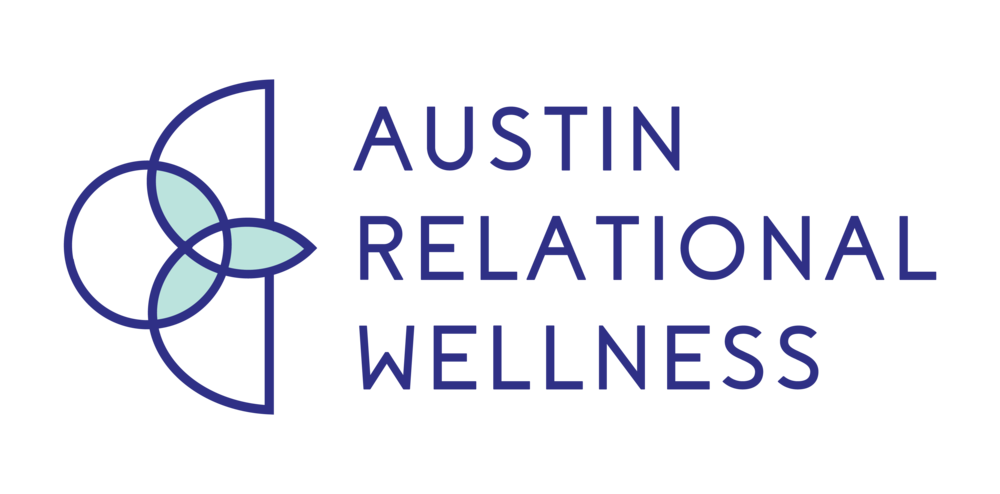In my previous post, I talked about the importance of self-compassion in coping with symptoms of depression and anxiety. In this blog post, I will follow up with 8 self-compassion exercises prepared by local Austin, TX self-compassion researcher and writer, Kristin Neff. These exercises can help you learn to shift out of critical self-talk and increase your mental health.
Exercise 1: Talk to Yourself Like a You Would a Loved One
If your best friend was struggling, think about how you would respond… Compare this to your own self-talk. Have you ever found that what you say to yourself is much harsher than what you would say to a friend? For example: If you were late for work, you may say to yourself, “What is wrong with you, why can’t you be on time?” If you were talking to a friend, perhaps you would say, “That’s ok, we are all human and make mistakes.” It’s a simple shift, but try to talk to yourself as if you were speaking to someone else.
Exercise 2: Self-Compassion Break
This is like a pep talk or talking yourself off the ledge. Kristen Neff suggests
1. Acknowledge it hurts, that this is a moment of pain, and that is okay.
2. Accept and be open to validation that you aren’t alone in this suffering.
3. Ask yourself what you need with an affirmation to yourself such as, “May I be gentle with myself.” Then pause.
Exercise 3: Writing
Get a journal! There is a great deal of research and science-backed data on the benefits of journaling. You can journal when you find you are hard on yourself and need to reframe your self-talk with self-compassion. You may find that you start with negative journaling, but then work to reframe your writing with forgiveness and loving kindness towards yourself.
Exercise 4: Touch
Touch has the powerful impact of soothing us. You can activate this by co-regulating with your pet, getting a massage, or hugging a loved one. An exercise in intentional touch activates your parasympathetic nervous system, which helps you regulate anxiety and return to safety in the present moment. And when we feel grounded in the moment, we are more likely to be nice to ourselves. What form of touch calms you?
Exercise 5: Reframe Your Critical Voice
Start by slowing down and being more aware of your internal self-critic. With more mindfulness and practice, this will become a habit. When you catch yourself saying something harsh to yourself, talk to yourself like a best friend and reframe it. For example, you can say, “There you go being hard on yourself. You don’t need to do that to yourself today. You did the best you could. You are safe and okay.” Less shame and “shoulds”, more your tenderness towards yourself. How can you warm your critical voice?
Exercise 6: Self-Compassion Journal
This exercise is similar to the writing exercise above, but it goes a layer deeper than the catharsis of the previous writing exercise. This self-compassion exercise prompts you to take a painful experience from your day and process using the 3 components of self-compassion:
1. Mindfulness
2. Common humanity
3. Self-kindness
This helps you learn how to see you aren’t alone in your suffering and flexes the self-compassion muscle of emotions and thoughts.
Exercise 7: Problem-Solve
Do you ever feel stuck and go down the shame spiral? If you know what you want, you can perhaps free yourself from the self-induced suffering.
1. Identify where self-criticism is your motivator - your body image, your finances?
2. Is there a kinder way you can motivate yourself? What is the most supportive thing you can say to yourself?
3. When you catch your self-criticism, pause, reframe, and be your own cheerleader.
Exercise 8: Caregiving the Caregivers
The saying goes, put your own oxygen mask on first. It is okay to set boundaries and recharge. You can say no to events and places. As you may help a child recharge, see how a nap and a soft blanket can be nourishing. Offer yourself the same opportunities to care for yourself and get cozy.
Whether you’re implementing self-compassion practices with guidance in individual counseling or on your own, exercises like these can be an important part in helping you live a healthy, fulfilling life with loving kindness towards yourself and others.
Article by Sarah Imparato, MA, LMFT Associate
Austin, TX Individual Counseling






















































